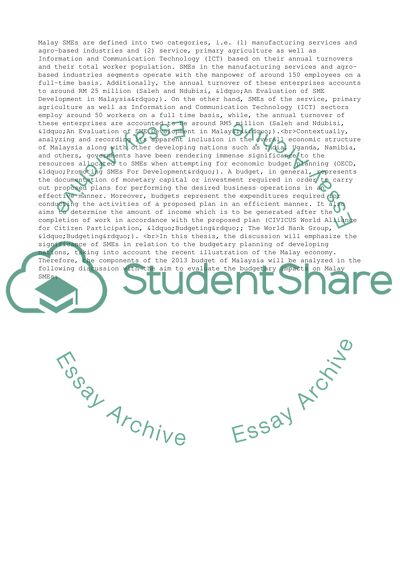Cite this document
(Budget Support to SME for Malaysian Budget Assignment, n.d.)
Budget Support to SME for Malaysian Budget Assignment. Retrieved from https://studentshare.org/business/1612458-budget-support-to-sme-for-malaysian-budget-2013
Budget Support to SME for Malaysian Budget Assignment. Retrieved from https://studentshare.org/business/1612458-budget-support-to-sme-for-malaysian-budget-2013
(Budget Support to SME for Malaysian Budget Assignment)
Budget Support to SME for Malaysian Budget Assignment. https://studentshare.org/business/1612458-budget-support-to-sme-for-malaysian-budget-2013.
Budget Support to SME for Malaysian Budget Assignment. https://studentshare.org/business/1612458-budget-support-to-sme-for-malaysian-budget-2013.
“Budget Support to SME for Malaysian Budget Assignment”, n.d. https://studentshare.org/business/1612458-budget-support-to-sme-for-malaysian-budget-2013.


